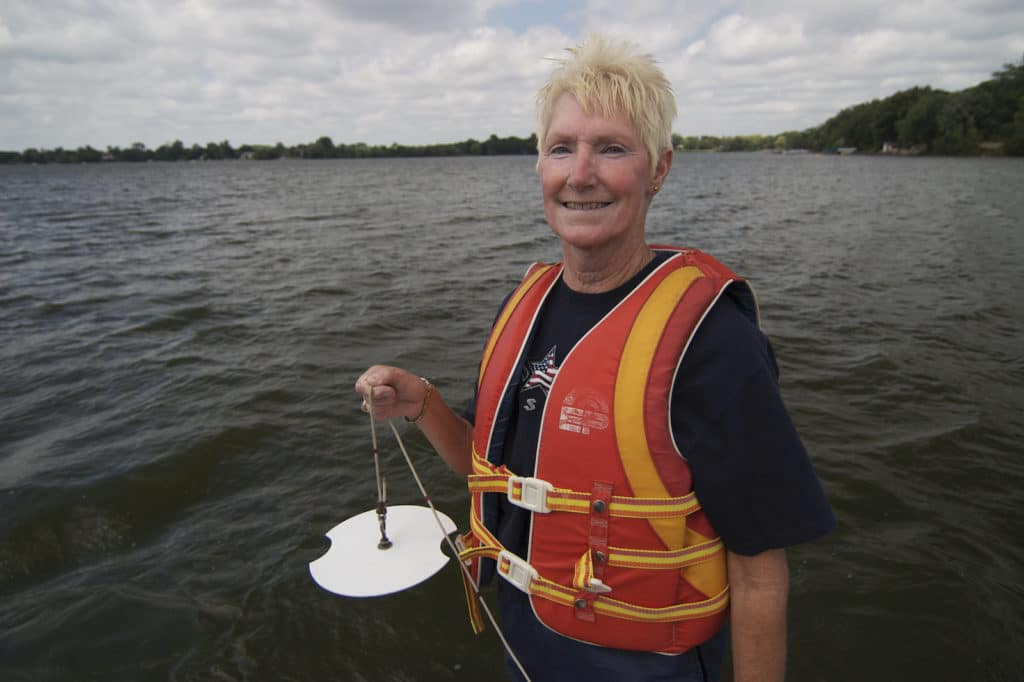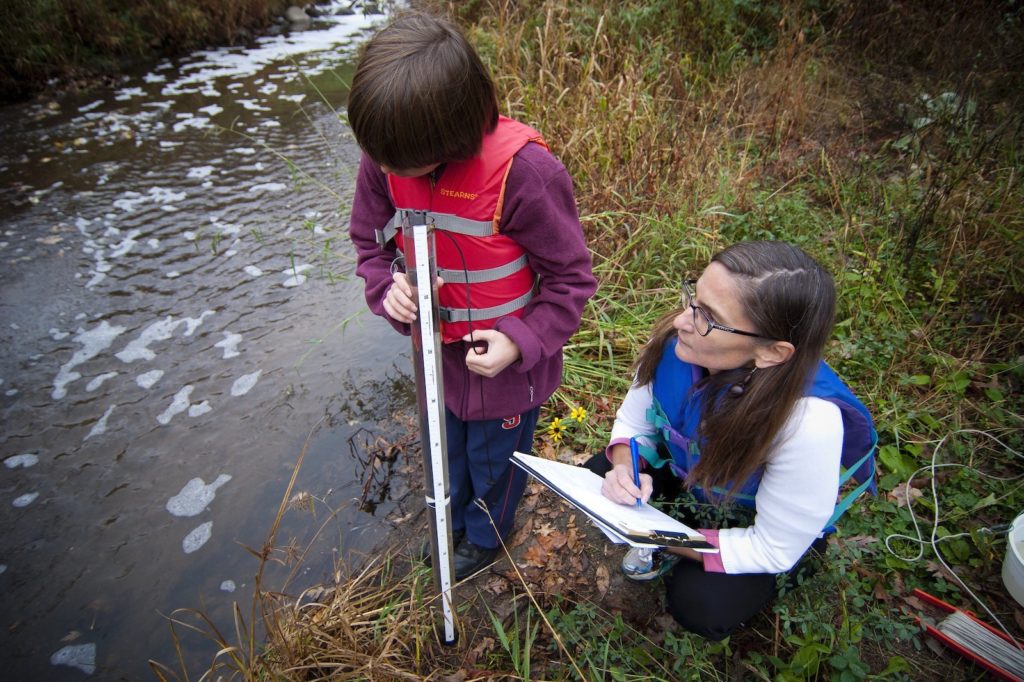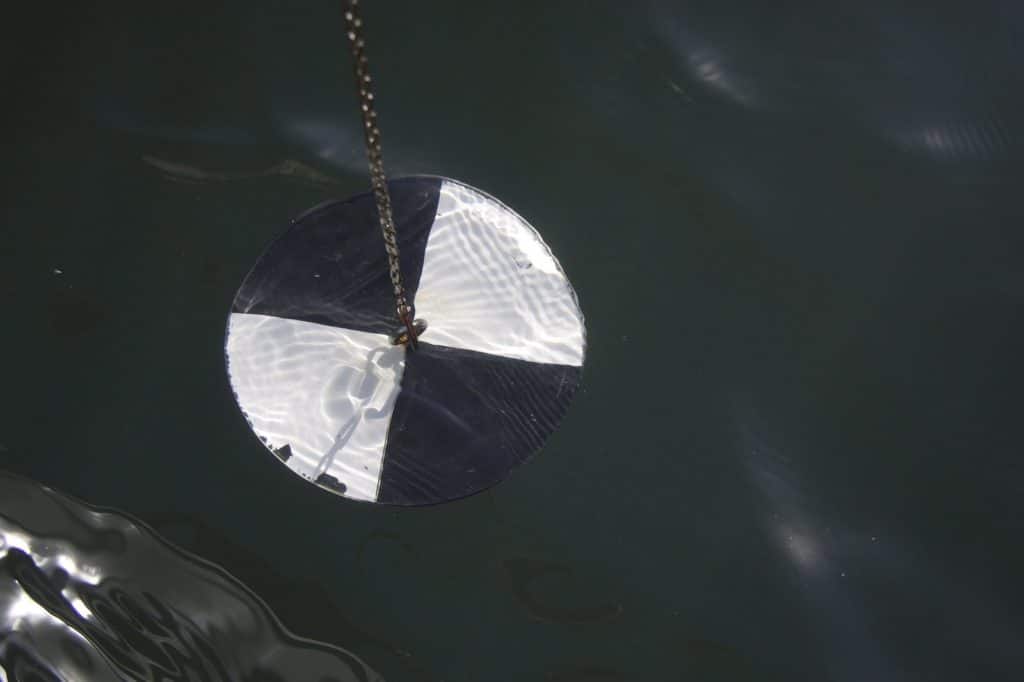
Citizen scientists are vital to helping the Minnesota Pollution Control Agency monitor the clarity and overall health of lakes and streams across the state. Volunteers visit many lakes and streams in northeastern Minnesota, including in the Boundary Waters Canoe Area Wilderness, providing valuable data that can alert officials if something goes wrong with water quality.
There are still many available monitoring sites in the region, and anyone who can visit a lake semi-regularly can help.
“Volunteers conduct water clarity tests at least twice a month each summer at designated locations on lakes or streams,” the MPCA says. “To determine water clarity, volunteers find the disappearance/reappearance point of a Secchi disk as it descends into a lake or a specially designed stream collection tube. Volunteers submit their readings at the end of each monitoring season.”
While measuring water clarity is pretty simple, it can provide valuable information about the health of a lake and stream. Clarity depends on the amount of algae or sediment in the water, which can affect aquatic life and recreation. Long-term monitoring is able to detect degradation or improvement of waterbodies.

An interactive map from the MPCA shows lakes that need monitors, as well as lakes that are being monitored, with links to water quality data from the site.
Minnesota has 69,000 miles of streams and more than 14,000 lakes, and government scientists can’t monitor all of it. Citizen data are the only data available for some waterbodies. It also provides crucial information for tracking long-term trends in water quality, to see if lake and stream health is getting better or worse over time.
No prior experience or training is needed to volunteer. Lake monitors need a boat, canoe or kayak; stream monitors visit their sites from a stream bank or bridge.

The citizen water quality monitoring program was launched in 1998, with 17 volunteers monitoring 22 streams sites in southeast Minnesota. Today there are more than 400 volunteers and 500 stream sites across the state.
The Cook County Soil and Water Conservation District, including the eastern side of the Boundary Waters and Superior National Forest, has partnered with the MPCA and the Minnesota Board of Water and Soil Resources, to organize extensive monitoring of its waterways. In the Ely area, the Boy Scouts’ Charles L. Sommers Canoe Base has also been instrumental. The MPCA produced this video about Cook County’s effort as part of a series celebration the program’s 20th anniversary.
More information
- Citizen water monitoring – MPCA
- 20 years, 400 volunteers, and priceless information about water quality – MPCA
- Cook County citizen volunteers share passion for their waters

